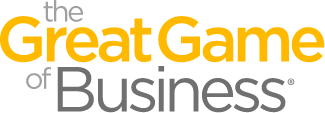What You'll Learn From This White Paper
Cross the skills gap and retain talent with a sticky culture by building a business of businesspeople.
As we all know, companies are reporting challenges of finding employees who can offer “soft” or “professional skills." The continued problem, of course, is that companies simply can’t cross these skills gaps by hiring alone. The talent pool just isn’t deep enough. This white paper covers how manufacturing companies can rethink their work culture to bridge the skills gap while building a "sticky" culture employees will want to work in. Below are a few points included in this paper.
 Bridge the skills gap with leadership development
Bridge the skills gap with leadership development
Rather than focusing on technical skills as part of their training and re-skilling efforts, more and more organizations see opportunities to grow new leaders. According to a McKinsey survey, the most common area companies are targeting in their re-skilling efforts is teaching “critical thinking and decision making.” Not CAD design or programming languages. Organizations are recognizing the need to tap the full potential of their people to tackle the difficult decisions that need to be made daily to combat challenges like parts delays and snarled supply chains.
 Create a "sticky" culture by tearing down silos and offering opportunities for growth
Create a "sticky" culture by tearing down silos and offering opportunities for growth
What builds and sustains the culture of the business are mechanisms you use to educate and train your people and to create leaders at every level of the organization. You need to break down the walls of ignorance that keep most companies from tapping into their most valuable resource: the intelligence and creativity of their employees.
 Look beyond the paycheck
Look beyond the paycheck
Let’s not understate the obvious: money matters when it comes to choosing a job. But what’s also clear is that most workers don’t stay in jobs for the pay alone. To build a truly effective recruitment and retention strategy inside your manufacturing business, you need to combine those extrinsic rewards like pay and health care benefits with intrinsic motivators such as providing a sense of accomplishment, receiving praise, and a path for personal growth.

Rethinking Manufacturing Workplace Culture in a Post-Pandemic World
Cross the skills gap and retain talent with a sticky culture by building a business of businesspeople.
-1.png?width=356&name=Manufacturing%20Photo%20(4)-1.png) There was so much promise for the post-pandemic economy—especially for the manufacturing sector. Many organizations continue to see an unprecedented surge in demand for their products—levels the economy hasn’t seen for 40 years.
There was so much promise for the post-pandemic economy—especially for the manufacturing sector. Many organizations continue to see an unprecedented surge in demand for their products—levels the economy hasn’t seen for 40 years.
For many, it’s been a struggle to keep up with customer orders. It’s like trying to drink out of a fire hydrant to keep up with this kind of growth. The forecasts continue to look strong, too, as retailers and dealers increasingly look to insource and onshore production from overseas. The future of manufacturing in the U.S. looks brighter than it has in decades.
Yet, there’s a catch. Manufacturers now have emerging pain points to contend with. Supply chains are stretched to their limits. Ships lay docked outside ports while there aren’t enough trucks or drivers to cart products away. Millions of dollars of finished goods may sit in warehouses for months awaiting parts worth mere dollars.
However, the biggest constraint so many manufacturing firms now contend with is a shortage of talent—and that’s a trend headed in the wrong direction.
CROSSING THE SKILLS GAP
We’re witnessing an unprecedented shift in the workforce as some 10,000 Baby Boomers near retirement each day—leaving open jobs that members of the Millennial and Gen Z generations don’t want or who simply aren’t qualified to fill. According to research from Deloitte, U.S. manufacturing is expected to have 2.1 million open jobs by 2030—which could rip a $1 trillion-sized hole in the economy.
The challenge is exacerbated for those companies looking to hire for specific skillsets.
According to research by McKinsey, more than 40% of organizations already face so-called “skills gaps” in their workforce, while some 90% of executives say that their organizations will face them in the next five years. That’s fed a prediction that potentially 375 million workers might have to change occupations in the next decade to meet companies’ needs around the globe.
When you dig into where companies report a shortage of skills, they include traditional “hard” skills like technical and computer skills.
At the same time, companies are also reporting challenges in finding employees who can offer “soft” or “professional skills” such as executive, frontline, and financial/risk management.
The continued problem, of course, is that companies simply can’t cross these skills gaps by hiring alone. The talent pool just isn’t deep enough. Adding new technology like robots doesn’t provide perfect solutions either. After all, you need someone capable of programming and maintaining the robots.
The continued problem, of course, is that companies simply can’t cross these skills gaps by hiring alone. The talent pool just isn’t deep enough. Adding new technology like robots doesn’t provide perfect solutions either. After all, you need someone capable of programming and maintaining the robots.
But what’s really telling is where they are targeting their reskilling efforts.

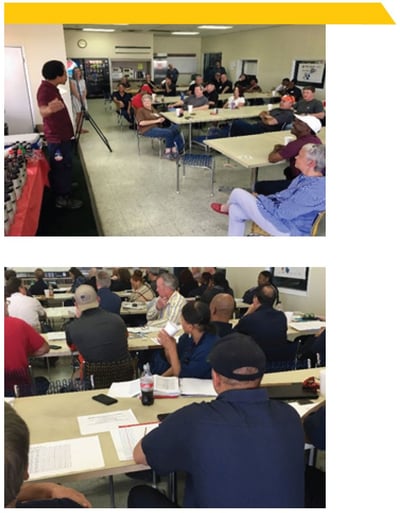
THE TRUE SKILLS SHORTAGE
Rather than focusing on technical skills as part of their training and re-skilling efforts, more and more organizations see opportunities to grow new leaders within their organization by fostering a better understanding of the business itself.
Case in point: According to a McKinsey survey, the most common area companies are targeting in their re-skilling efforts is teaching “critical thinking and decision making.” Not CAD design or programming languages. Other in-demand subjects include leadership, adaptability and continuous learning, and entrepreneurship and initiative taking.
In other words, when it comes to bridging the kind of skills gaps that will limit future growth, more and more companies are recognizing the power of building a business of businesspeople. They recognize the need to tap the full potential of their people to tackle the difficult decisions that need to be made daily to combat challenges like parts delays and snarled supply chains.
The best organizations are those that actively grow leaders all the time. It’s not that difficult to do; you break down activities into different jobs and then give people the chance to lead them. If you can build leaders that way, you can capitalize on opportunities to grow. It all comes down to recognizing and developing new talent.
Jack Stack, CEO, SRC Holdings Corporation
TEARING DOWN SILOS
To overcome talent shortages and build the kind of sticky culture employees want to work in, manufacturers should embrace the opportunity to teach their people to identify the company’s strengths and weaknesses and create solutions and growth plans by embracing business financial literacy.
Understanding the financials gives your people a different perspective on problems. It allows people to develop and to get a thorough sense of what’s going wrong so they can fix it.
When you teach people about your business, they learn how to fit into its culture and live up to expectations. They learn how to innovate, how to create new products and services. They acquire the practical skills they need to do a particular job, as well as the mental skills they can use wherever they go: the ability to solve problems, to think critically, integrate tasks, compete and win.
If you want to compete in the future, every organization is going to need to tap the contributions of every single associate. Why not arm your people with the same skills and access to information that ownership and management have access to? Better yet, why not ask them to participate in creating the plans for where the organization is headed.
As one of The Great Game of Business’s Higher Laws states: “People support what they help create.”
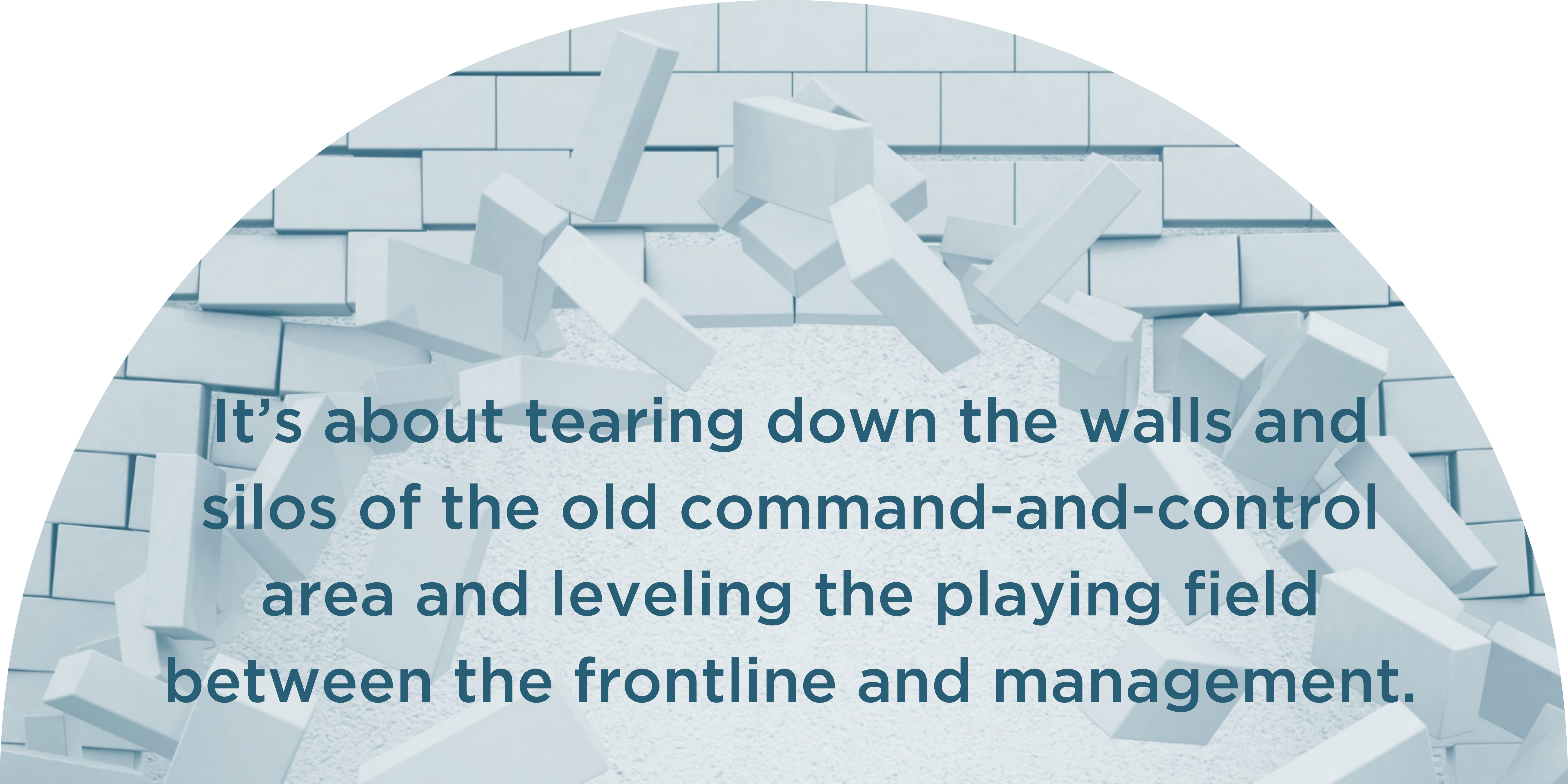
Let’s not understate the obvious: money matters when it comes to choosing a job. But what’s also clear is that most workers don’t stay in jobs for the pay alone. There’s a point of diminishing returns where just hunting for the next raise isn’t enough to keep someone engaged and productive in their job.
To build a truly effective recruitment and retention strategy inside your manufacturing business, you need to combine those extrinsic rewards like pay and health care benefits with intrinsic motivators such as providing a sense of accomplishment, receiving praise, and a path for personal growth.
That means it’s now time to rethink the kinds of rewards your employees can earn. It’s also an opportunity to develop the type of long-term winning culture that will make your manufacturing organization an employer of choice not just today—but into the future as well.
Easier said than done, right?
Here are a couple of potential approaches manufacturers can consider as they rethink their approach to their recruitment and retention efforts that offer a classic “two-fer” of extrinsic and intrinsic awards. They’re all based on the notion of providing a Stake in the Outcome, which the book, Get In The Game, defines as “an equitable system that connects the people who create the numbers and the results in the business with the rewards and recognition they deserve—while eliminating entitlement and resentment. When the team wins, the company wins.”
.jpeg)
CELEBRATE SHORT-TERM WINS
One of the principles of The Great Game of Business® is that there is a universal human desire to win. When you give people a chance to win early and win often—both intrinsically and extrinsically—you’ll capture their interest, keep them engaged, and drive the success of your business.
One great way to create those short-term wins is by launching MiniGames™, which are short-term improvement challenges designed to correct a weakness or pursue an opportunity while also giving participants the chance to earn a reward. Done well, MiniGames become self-funding incentive plans that will greatly impact your organization in 90 days or less. They can affect a change, reinforce business training, build teamwork, and give everyone the chance to enjoy a well-deserved win.
For example, one company created a MiniGame to give their associates lots of fun incentives to reduce absenteeism, reduce waste, and increase productivity together.
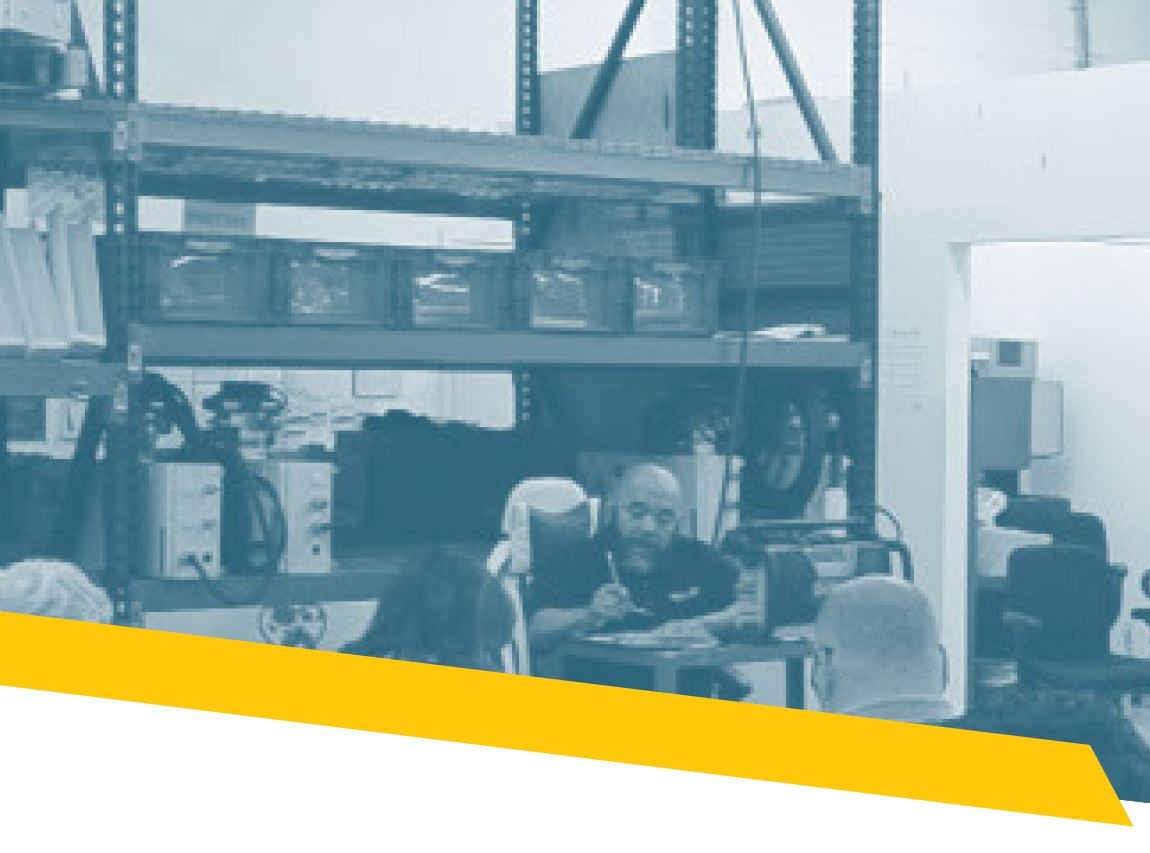
“Transparency of the numbers gives employees more insight into the bottom line and health of the company. Also, the bonus payout being the same for all shows that everyone is a valued part of the team.”
- Valda Macready, Project Manager
EMBRACE GAINSHARING
A powerful way to connect employees to the results of their hard work is by sharing part of the gains they create inside the business. Imagine, then, a self-funding, progressive bonus program (or, as some like to call it, a profit- or “gain-share”) in which every employee can forecast what their individual payout will be on a weekly basis. No surprises or subjective awards allowed. Typically, these plans are tied to the company’s earnings, which means, as the company earns more, so do the employees.
A great bonus or gainshare plan puts the rewards as close as possible to the behavior that earned the reward (to reinforce that winning behavior) while also protecting the company’s long-term sustainability and never paying a reward the team hasn’t earned. It’s about finding that one thing, that Critical Number, that can sink you—and attacking it.
By creating shared goals like this, you can encourage people to work together as a team by pulling in the same direction. You can reinforce cooperation and encourage collective efforts to make the business stronger while also teaching people how each and every one of them understands the kind of impact they can make on the business—and their bonus. Not only will people gain that sense of intrinsic reward from winning—but they can also earn that extra piece of extrinsic cash as a bonus.
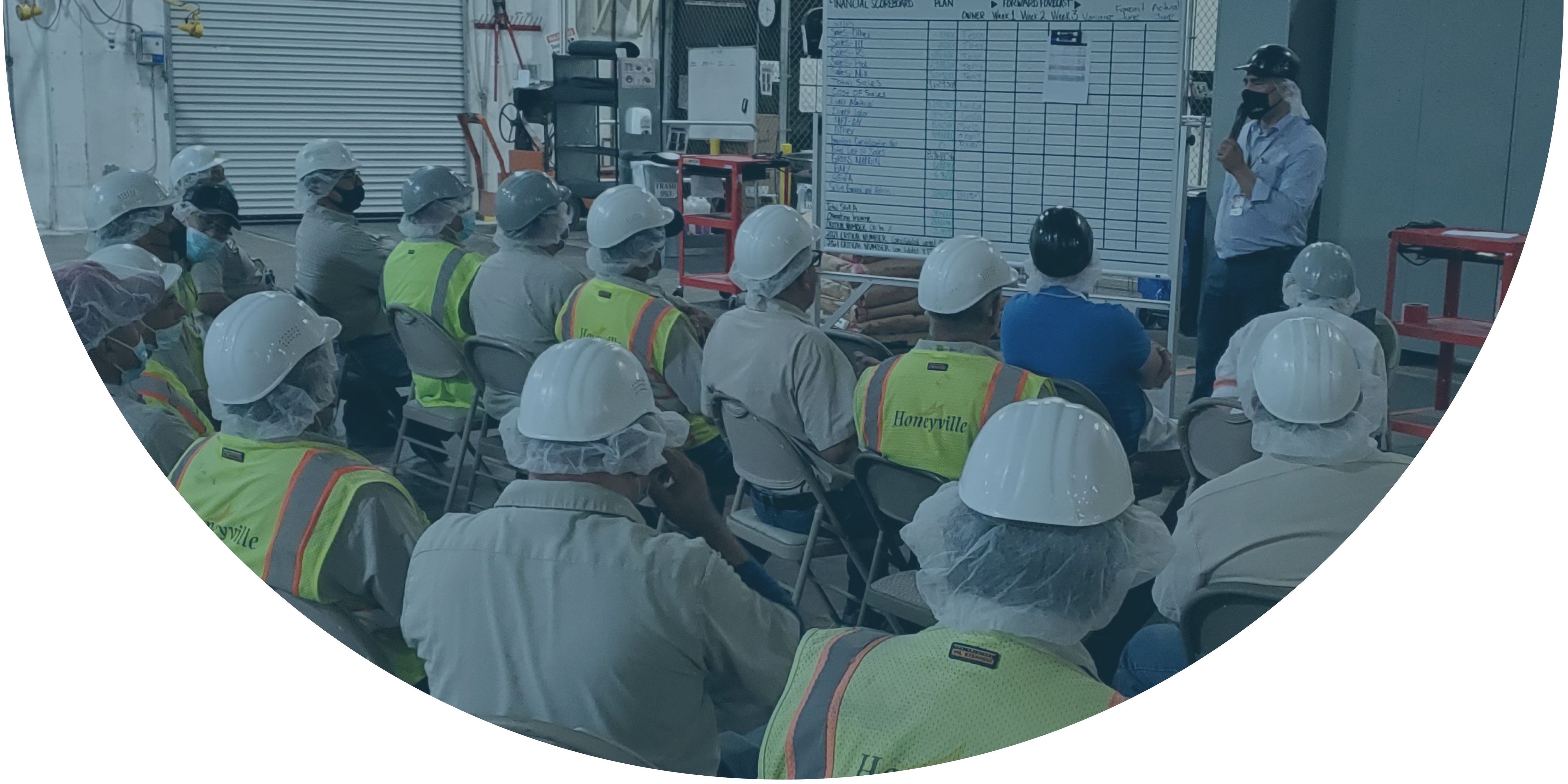
PURSUE SHARED GOALS
With an uncertain future facing every manufacturer, it’s time to understand what the market is telling you. What are your competitors doing? What alternatives can you consider when it comes to your supply chain? What new opportunities have opened—and should you pursue them? Ask yourself the question: Where do we have permission to win—and what capabilities do we need to get there?
This is a question that shouldn’t be left up to just C-Suite either. This is an opportunity to get input—and generate buy-in—from your entire team. Where do you all want to go together? Another Higher Law from Jack Stack’s book, The Great Game of Business, is that when you appeal to someone’s highest level of thinking, you get the highest level of performance in return.
During times like these, the ability to get your team all focused on running the same plays to their maximum impact becomes an incredible strategic advantage.
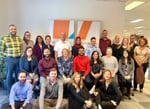 “The Great Game of Business has become a cornerstone of the Venturity ‘way of life.’ It has brought us all together with a solid understanding of our goals, kept us eager to participate and gives everyone a role to play in The Game. GGOB has taken our team-based culture to the next level.”
“The Great Game of Business has become a cornerstone of the Venturity ‘way of life.’ It has brought us all together with a solid understanding of our goals, kept us eager to participate and gives everyone a role to play in The Game. GGOB has taken our team-based culture to the next level.”
- Tori McLaughlin, Marketing Coordinator
MANUFACTURING THE FUTURE
Perhaps it’s also time to ask the question: As we enter an uncertain future, would you rather have an army of robots working for you or an army of entrepreneurs—business of businesspeople?
Consider the story of NCC Automated Systems, a systems integrator who works with manufacturers. The company opened up its financials to its associates a few years ago while also teaching them about how each of them made a difference in its success. They also got them to buy in to where they were going—and how they could win together. The impact was immediate.
As one long-time employee, Eddie Santiago, 54, put it: “We are all working together to help the company prosper rather than just one person trying to do that. I’m excited to see how we can get into bigger markets and show the world how we are the number one provider in the industry, and not just be content with being second or third. I like the competitiveness of winning.”
